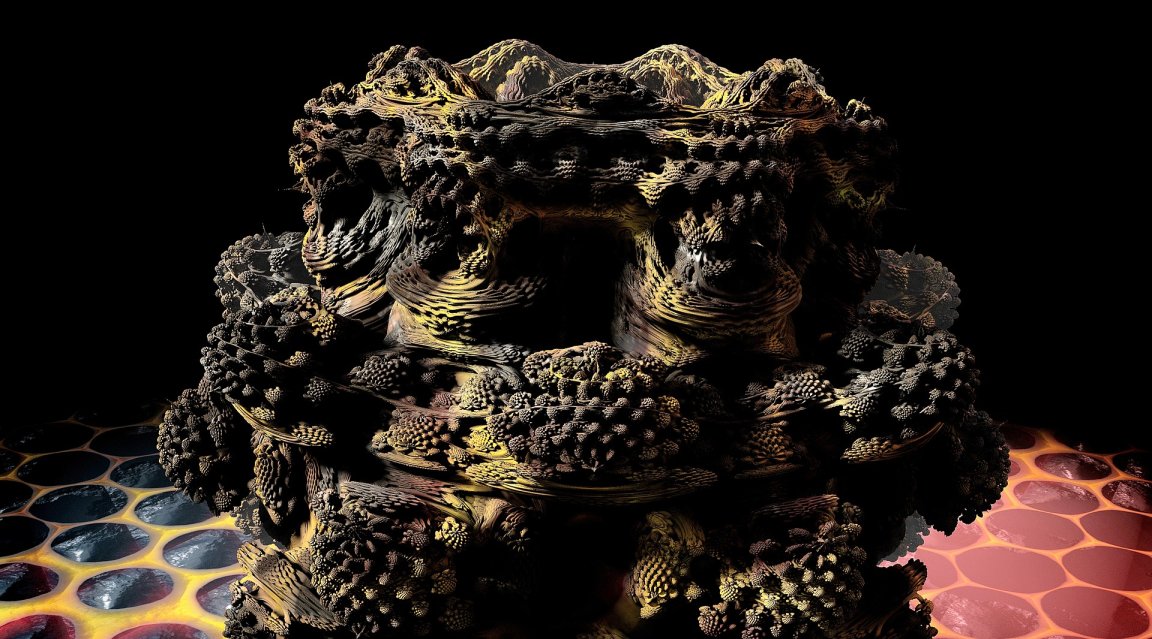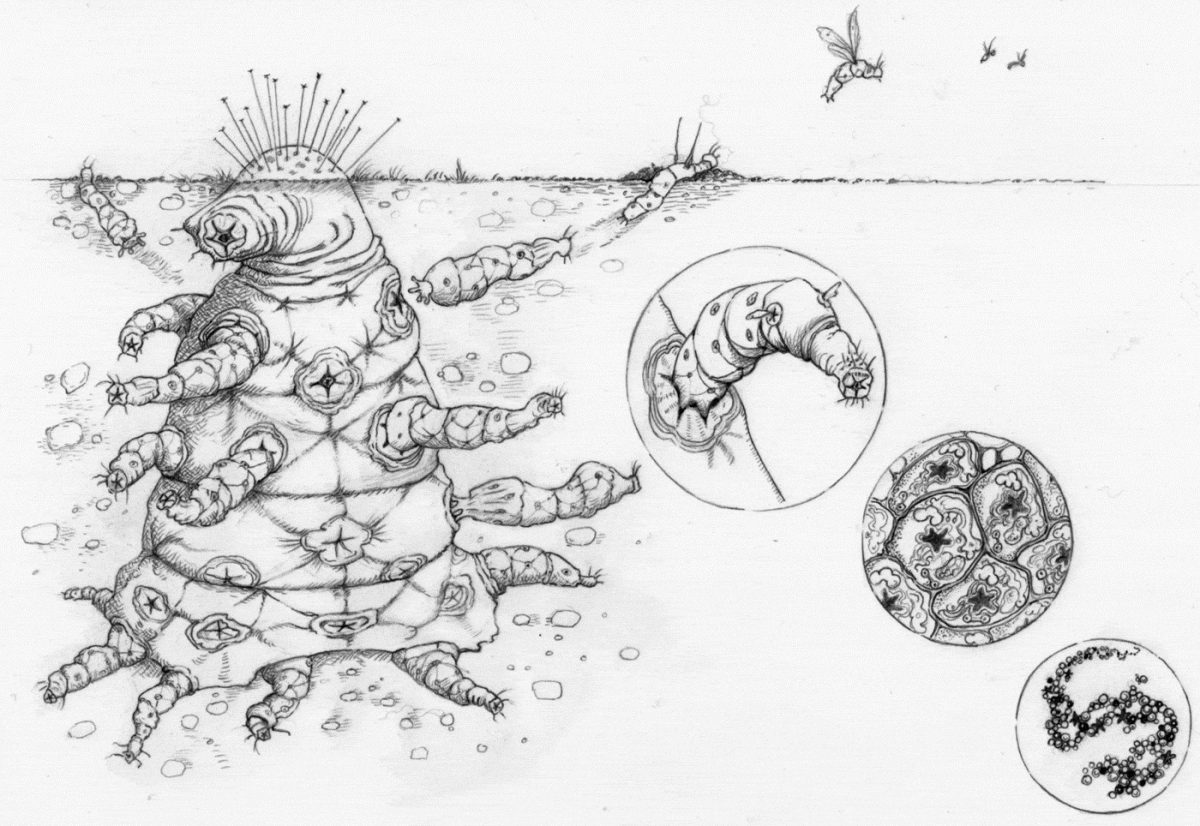
Strange, But Familiar
When picturing our potential extraterrestrial neighbors, it’s human nature to imagine that they look something like us: bipedal, with dextrous hands and a face plan much like ours (eyes above nose above mouth) — even if those eyes are a bit large and those hands a bit creepy. A group of University of Oxford biologists has taken a fresh look at our theoretical alien predictions, showing that because aliens are likely shaped by the same forces as humans (namely, natural selection) they might indeed be more familiar than previously thought.
“We can say that there is a level of predictability to evolution that would cause them to look like us,” said co-author Sam Levin in a press release.
Most estimations of extraterrestrial life have been based on what this research (appropriately titled “Darwin’s Aliens”) calls a “mechanistic” approach: using observations of how life developed on Earth to statistically estimate what is likely on other planets.
For example, eyes have evolved on Earth at least 40 times, across thousands of phyla, so we assume they would form on other planets. Our mechanistic approach also uses knowledge of the chemistry and physics of the universe to inform our assumptions about extraterrestrial life, such as our assumption that life forms will be carbon-based because of its abundance and versatility.
“In our paper, we offer an alternative approach, which is to use evolutionary theory to make predictions that are independent of Earth’s details,” said Levin. “This is a useful approach, because theoretical predictions will apply to aliens that are silicon based, do not have DNA, and breathe nitrogen, for example.”
Extraterrestrial Evolution

If an alien has undergone natural selection and has multiple functional parts (such as sensory systems, limbs, internal organs) Levin and his coauthors posit that they must have undergone major evolutionary transitions, in which a group of individuals that could replicate independently (such as cells) cooperate to create a complex life form.
This means complex aliens will likely be entities made up of many smaller entities, with mechanisms that maintain cooperation to keep the organism functioning. This would be similar to what we see among the billions of cells in our own bodies. On planets that have experienced more major transitions than our own, this could even mean nested societies, where social colonies collaborate by specializing in different tasks on a planet-wide scale.
‘We still can’t say whether aliens will walk on two legs or have big green eyes,” Levin said. “But we believe evolutionary theory offers a unique additional tool for trying to understand what aliens will be like, and we have shown some examples of the kinds of strong predictions we can make with it.”